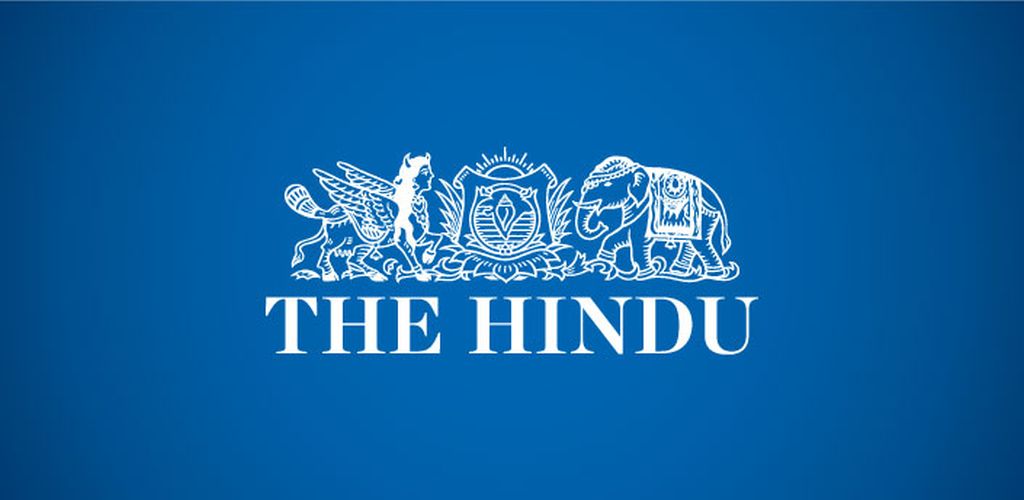Descriptive Test : THE GST BILL
Want to Become a Bank, Central / State Govt Officer in 2020?
Join the Most awarded Coaching Institute & Get your Dream Job


Now Prepare for Bank, SSC Exams from Home. Join Online Coure @ lowest fee
Lifetime validity Bank Exam Coaching | Bank PO / Clerk Coaching | Bank SO Exam Coaching | All-in-One SSC Exam Coaching | RRB Railway Exam Coaching | TNPSC Exam Coaching | KPSC Exam Coaching
Descriptive Test : THE GST BILL
The GST Bill was introduced as a money Bill in the Lok Sabha as (one hundred and First Amendment) Act 2016 and it received the assent of the President of India on the twelfth of April,2017. At the distributor end of the supply chain, the GST is not perceived to encounter any real problem as already they have been a part of the VAT regime. Wholesale is a pivotal channel in the overall distribution chain in India where some problems may be anticipated at the implementation stage of the GST regime. That the political and the administrative hurdles have so far been safely crossed over, points to the meticulous and methodical implementation of the new tax is only a step away.
Article Courtesy :




